.
Autumn Twilight
Full moon. Crickets singing. Scarlet sky.
Long past summer solstice; now the sun
Descends before the short day’s work is done.
Last light and fast-invading violet vie
To shape inconstant shadows. Moving clouds
Re-sculpt themselves, suffusing the horizon
With sunset’s deepening watercolor-crimson.
Together with the cricket choir, crowds
Of brittle oak leaves rattle—tambourines
Syncopating nightfall’s music. Where
The eye no longer sees these shrouded scenes,
Rhythms reverberating in the ear
Accentuate the season’s cadence: echoes
Of timeless depths amid brief, shallow shadows.
.
.
Cynthia Erlandson is a poet and fitness professional living in Michigan. Her third collection of poems, Foundations of the Cross and Other Bible Stories, was released in July, 2024 by Wipf and Stock Publishers. Her other collections are These Holy Mysteries and Notes on Time. Her poems have also appeared in First Things, Modern Age, The North American Anglican, The Orchards Poetry Review, The Book of Common Praise hymnal, The Catholic Poetry Room, and elsewhere.



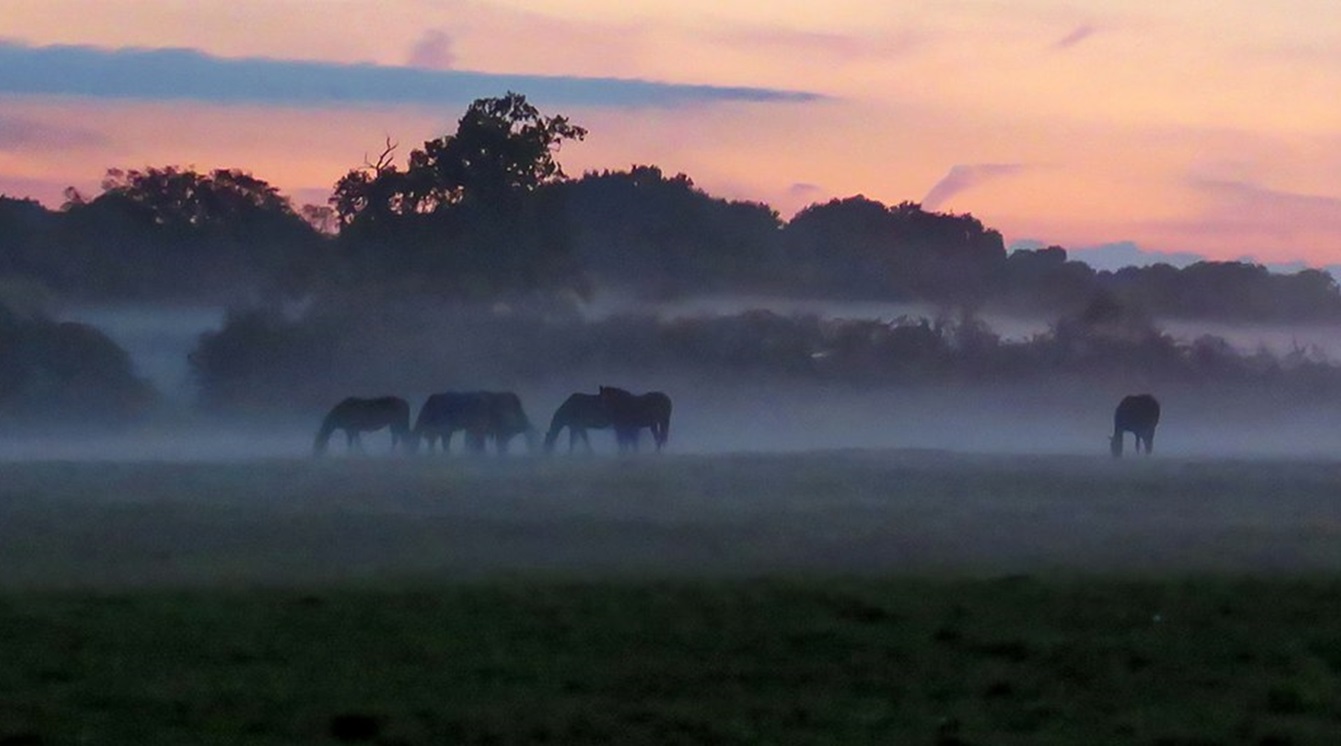
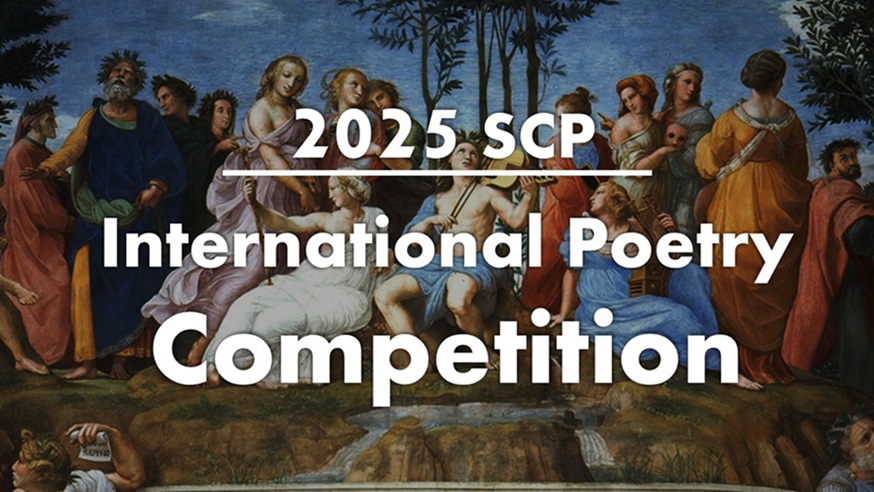

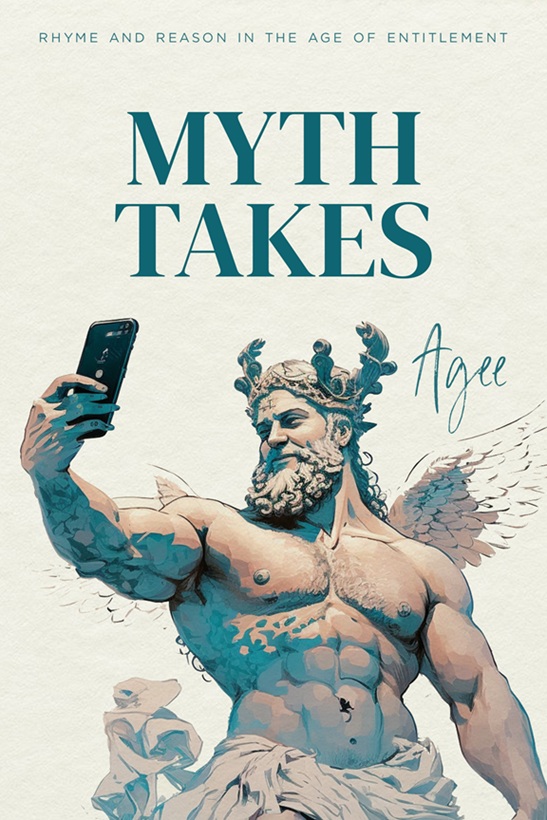
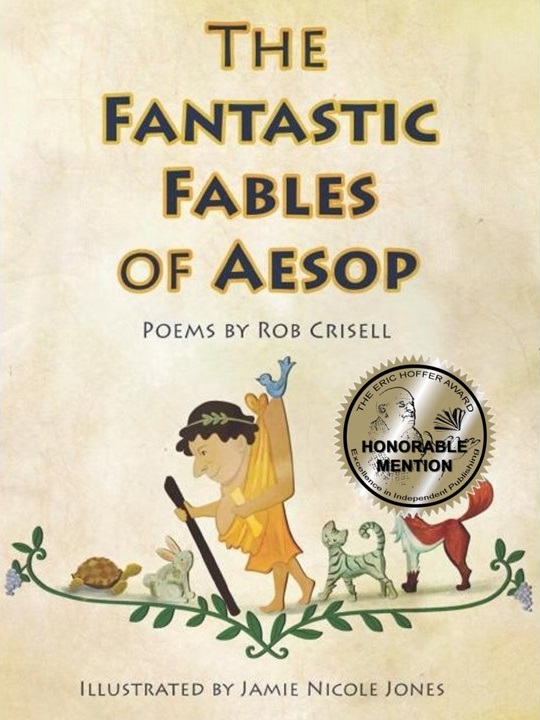
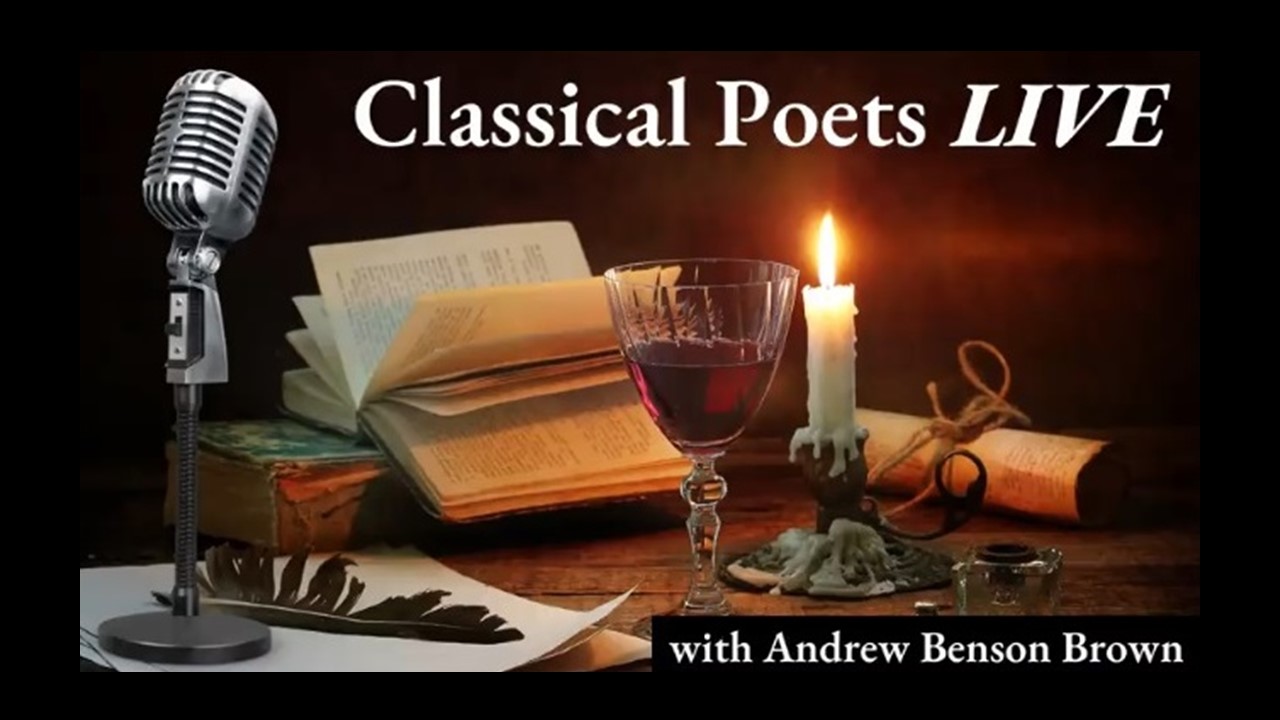

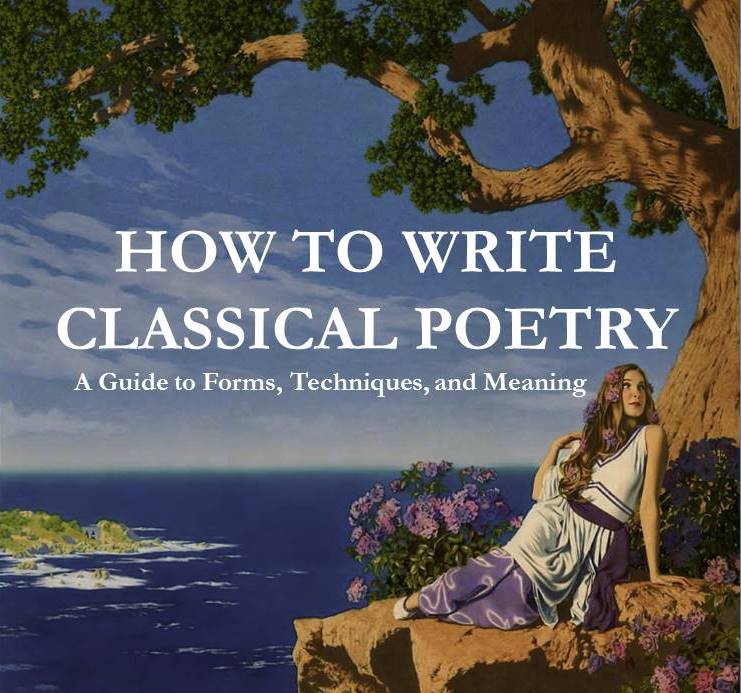




Cynthia, you captured “Autumn Twilight” in stunning sensory vibrancy from the shades of color to the crickets sounding like tambourines! You have always been one of my favorites to read and this adds a dramatic dimension to your beautiful thoughts and rhyme.
Thank you so much, Roy! Your comment made me smile. I’m so glad to have you as one of my readers!
I really enjoyed the imagery and alliteration in this one! I did read it four times to make sure you didn’t trick us with cascading endings or some other advanced poetic device. If it’s in there, I missed it again. If it’s not, it was still captivating.
Ha ha! You really did make me laugh out loud, Warren — thanks! No, no cascading endings on this one. (That was probably a one-time experiment.) Thank you for reading it — four times, no less — and finding it captivating. I’ve always found autumn captivating. In fact, quite a few of my poems have been on that topic.
Superb imagery and sound effects, Cynthia. I’m especially enamoured of those “tambourines syncopating…” with actual syncopation embedded in the meter. And I’m enchanted by the meaningful oral and visual pairing and near-rhymes of “echoes” and “shadows” in the final couplet. Perfect for a poem which is something of a dance between sight and sound.
Wow, thanks so much, Brian! The colorful sights of autumn are glorious; but the musical sounds, though they may not grab as much attention, are glorious, too. So glad you liked it.
Such a vivid expression of twilight. This sonnet proceeds step by step, from the descent of the sun to crickets chirping and leaves rustling. The final couplet evokes a sense of mystery in me. Would love to hear your own explanation of it, Cynthia. And thank you for presenting us with this rich piece!
Thank you so much, Shamik, especially for your comment on the last couplet. I guess that autumn’s particular kind of beauty always seems to me to express — moreso than the other seasons — this truth: that the beauty of nature speaks of much that is invisible and inaudible (I used “shadows” and “echoes” to try to evoke that) beyond what we can see and hear, as in “The heavens declare the glory of God….” in ways that even poets can’t quite put into words. And, in addition to the beauty that we see and hear with our physical senses, the awe that we feel tells us that there is more — that the earth, as lovely as it can be, declares something greater than itself. And I think you would like this a C.S. Lewis quote that I keep going back to because it is so moving to me: “We do not want merely to see beauty, though, God knows, that is bounty enough. We want something else which can hardly be put into words — be be united with the beauty we see, to pass into it, to receive it into ourselves, to bathe in it, to become part of it.”
The sonnet is impressionistic, intertwining words of sound (“singing,” “choir,” “rattle,” “reverberating,’ “cadence,” “echoes”) with words of vision and color (“scarlet,” “violet,” “watercolor-crimson,” “shadows,” “scenes”). And the absence of any abstractions makes this very much a poem of sense experience, rather than argument or explanation. That is why Shamik notes “mystery” in the poem.
I would also point out that there is only one verb of being (“is”) in the entire poem, in the third line. Omission of the verb of being is one of the more sophisticated compositional techniques, and one that poets often take years to master.
This is a carefully constructed piece, and very evocative of feelings, impressions, moods, and reveries — rather than giving the reader exposition and direct statement.
Thank you, Joseph, for your thoughtful and thorough analysis. I’m honored by the time you’ve spent on it, and happy that it left you with an impression of the mystery of the season.
A symphony of sights and sounds encapsulating autumn, with some great rhymes and rare words.
Thanks for the read, Cynthia.
Thank you, Paul, for your lovely and alliterative response.
Lovely images engaging the eye and ear. I especially like the clouds resculpting themselves and the rattling oak leaves. As the poem progesses, so ends the day and the season, which you’ve done nicely.. One question. Is the line, “Syncopating nightfall’s music. Where,” missing a syllable?
The line is perfectly OK:
SYN – co – PAT – ing – NIGHT – fall’s – MUS – ic. WHERE
It simply has trochaic substitutions.
Thank you, Geoffrey. I’m so glad you liked the images and sounds; that’s what I was trying to portray.
Cynthia, this is a daringly sophisticated sonnet. You rely only on the 14-line frame, not on quatrains and tercets, and I don’t find a real volta or turn here. The lines themselves move separate from the sentences. The final couplet breaks at an odd place, and features slant rhyme. There are two other slant rhyme pairs. And combining sound with color irregularly, you end up with an abstract painting which is more pleasing that most such, just because of framing in the recognizable sonnet form. The time of day enables you to claim as well the musical kind of serenade–a syncopated serenade!
Thank you so much, Margaret! Sometimes I wonder if I use enjambment too much; I usually do end up with some lines that break at odd places — and I’m never quite sure when that is, or isn’t, advisable. (I wouldn’t mind hearing more from you on that.) I’m pleased that you find it daringly sophistocated, and that you’ve compared it to a painting. Thank you, too, for appreciating the musicality.
Thanks for volunteering to hear more, Cynthia. I wouldn’t say this sonnet (or your work in general) is overly enjambed. This one reads clearly over the enjambments, which is the major test of whether they’re well done. What I call the “odd break” in the couplet is nonetheless artistically fitting, with “echoes” moving on to “shallow shadows” to end the poem. The only unpleasant “bump” here, in my opinion, is the “Where” in line 10. My taste is for what I call “integrity of the line,” which doesn’t consider enjambment inferior when the lines (1) read smoothly and logically and (2) are, for the most part, separable into distinctly successive thoughts or images. I have to emphasize that this is my taste, not an artistic criterion. In this sonnet, you do not follow the manner I describe in (2) above, but I find your sonnet a good painterly and musical work that succeeds in evoking perceptions about the topic. Breaking into the style you display here enables you to show unusual skill–and create a unique poem. I do this, too (in different ways, maybe), but I wouldn’t do it often, and in fact neither do you. “Integrity of the line” is simply an observation that readers usually feel satisfied with lines that are each complete to a degree, even when the sentence or the thought is not yet complete. I sometimes re-write individual lines that don’t achieve this, and I think it improves the poem. But more important is the effect of the entire piece, and in this one, you have so many unusual “breakages” that attention is drawn to them, helping the reader appreciate your intended overall effect. It doesn’t look or sound like sloppy mistakes–and it is certainly detrimental to have a reader think he must enjoy your work despite your carelessness. That is NOT at all what happens here–but it does happen too often when writers think a grotesque line is “original” or “powerful.” Checking before publication with another reader can help. If the other can’t comprehend phrase, line, or sentence, or thinks a word or an expression is “weird,” he’s probably right. This checking helps us use both archaisms and truly original touches to best effect.
Thank you very much for this fascinating analysis, Margaret!
Cynthia, this sensory poem captures an “Autumn Twilight” beautifully. You have some breathtaking imagery that lifts the words from the page to paint a picture… an exquisite image that swathes me in the glory of your linguistic sorcery. Superb!
So-o-o nice, in every respect.